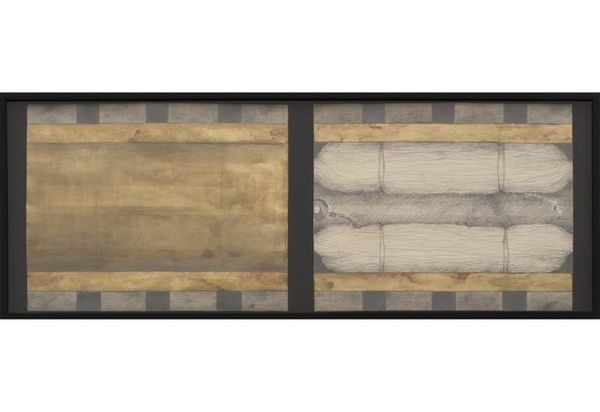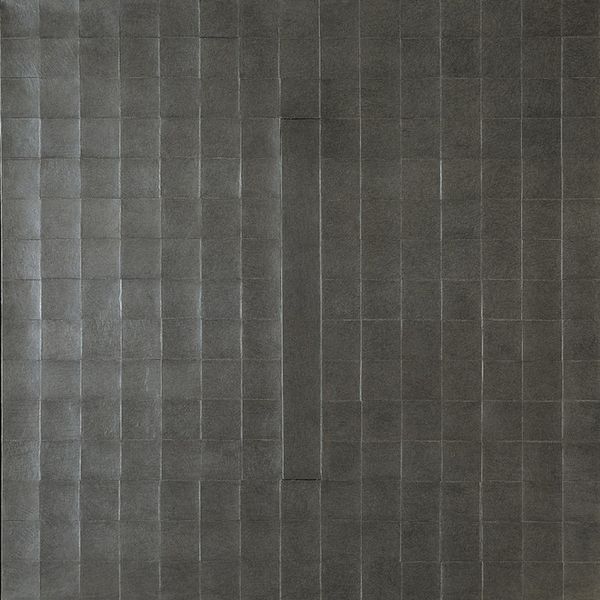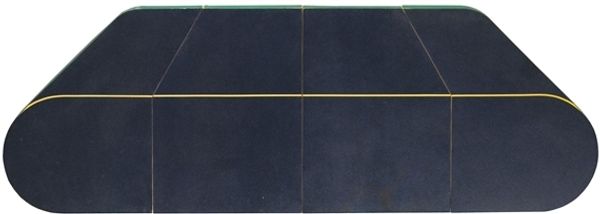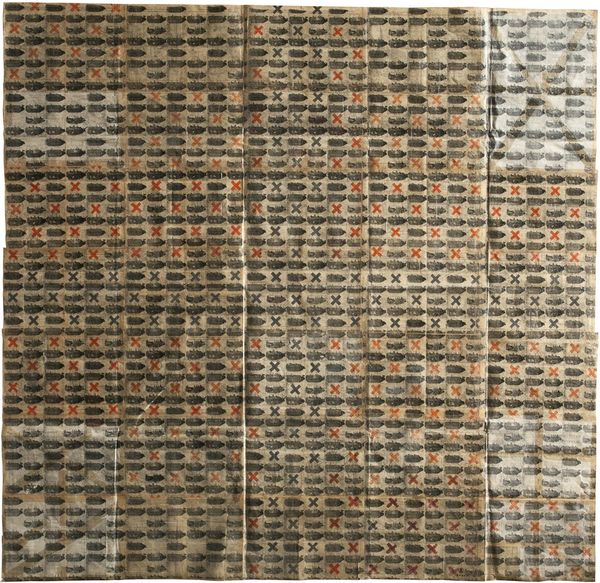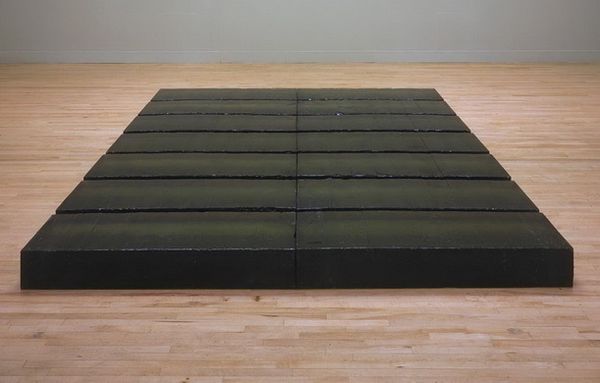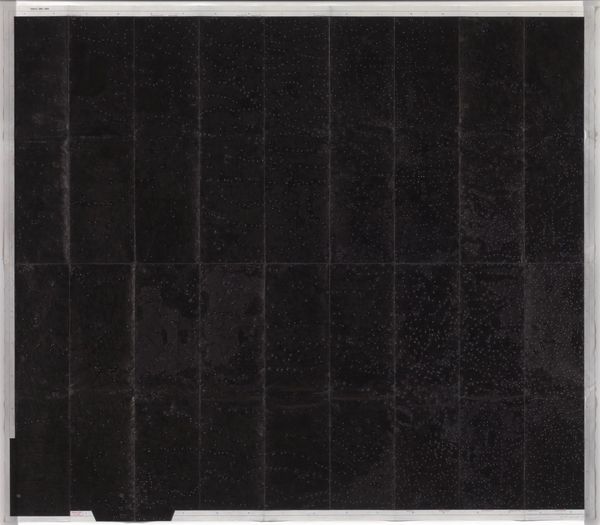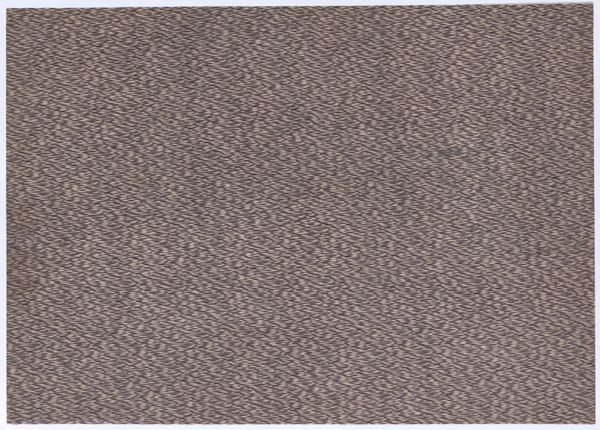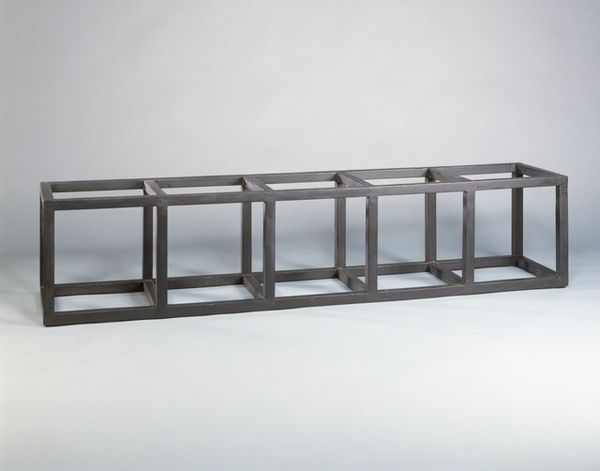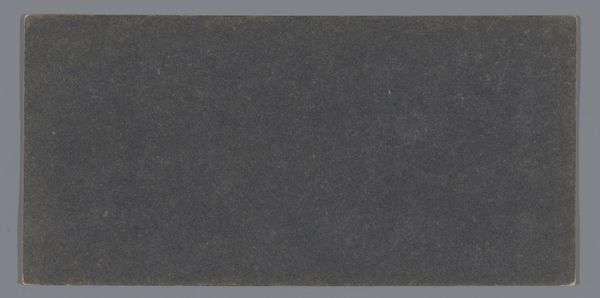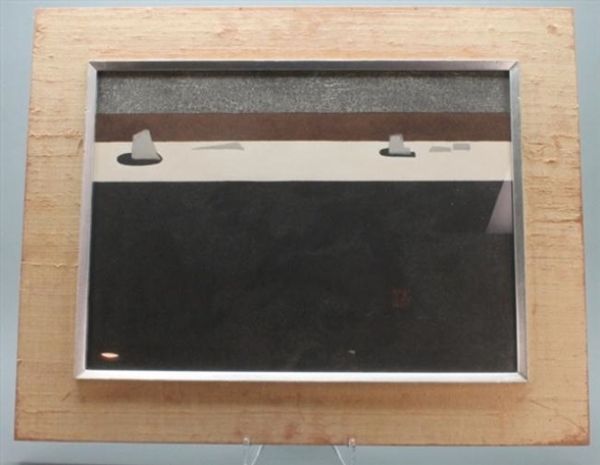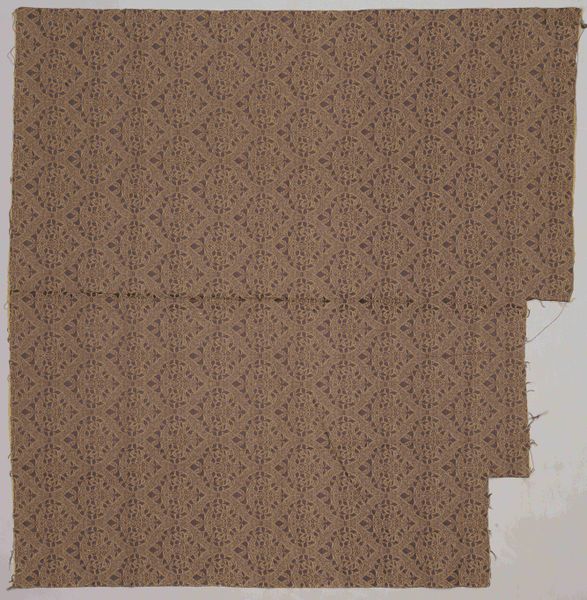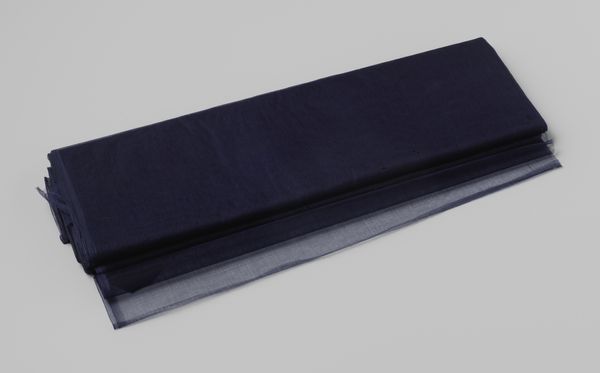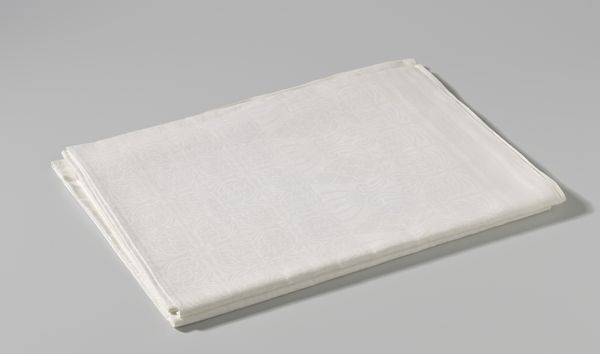
Dimensions: object: 10 x 3658 x 3658 mm
Copyright: © Carl Andre/VAGA, New York and DACS, London 2014 | CC-BY-NC-ND 4.0 DEED, Photo: Tate
Curator: Here we have Carl Andre's "144 Magnesium Square," part of the Tate Collection. The piece consists simply of 144 magnesium tiles, arranged in a square on the floor. Editor: It's so... unassuming. Almost like an industrial doormat. I'm immediately thinking about the politics of display, and how context shapes our perception. Curator: Absolutely. Andre was interested in challenging traditional sculptural forms, rejecting the idea of sculpture as something elevated or monumental. He wanted art to be part of the everyday, accessible on a physical level. Editor: Accessible, yes, but is it truly democratic? Given the institutional validation required for this to be considered art, there's a tension between its mundane appearance and its elite status. Is it critiquing the art world or reinforcing it? Curator: I think it's doing both, in a way. It forces us to question what we value, both in art and in society. Editor: That's a fair point. Ultimately, Andre makes me consider how institutional frameworks influence art's meaning. Curator: Indeed. It is a work that continually prompts us to re-evaluate the nature and role of art itself.
Comments
tate 6 months ago
⋮
http://www.tate.org.uk/art/artworks/andre-144-magnesium-square-t01767
Join the conversation
Join millions of artists and users on Artera today and experience the ultimate creative platform.
tate 6 months ago
⋮
Andre's metal floor sculptures are intended to be walked on. This example is one of a series made between 1967 and 1975, each using a different metal. The 12-inch magnesium squares are arranged into 12 rows of 12, to create a larger square with a total of 144 units. Moving over the square brings an awareness of the texture of the magnesium plates. Andre accepted that the surface of the work would be altered by visitors' footsteps, observing that it 'becomes its own record of everything that's happened to it'. Gallery label, September 2004
